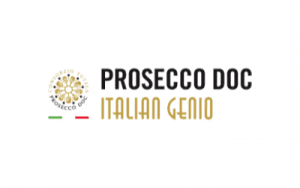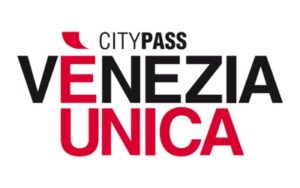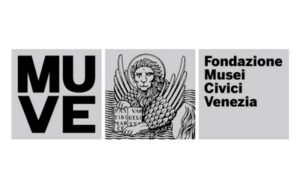The peculiar feature and strength of Venice is the water, wherever you go. Venice is made up of 121 islands connected by 435 bridges within a lagoon separated from the Adriatic Sea by a series of islands (Venice Lido and Pellestrina); therefore it is completely surrounded by water. There are no roads within the dense and complex urban fabric of Venice, but canals and pedestrian alleys (called “calli”) instead, so it can only be visited on foot or by boat.
Given its size, Venice can be visited the whole length and breadth on foot: perhaps this is the best way to get to know it properly and to discover the most suggestive and surprising corners of the city. With a good map and letting your feet lead the way, you will be able to fully appreciate the soul of Venice; literally “getting lost” among the bridges, alleys and squares, away from the most common tourist routes.
Yellow signs on the side of buildings give the directions to the main reference points of the city: San Marco, Rialto, the railway station (Venezia Santa Lucia) and the vehicle and bus terminal (Piazzale Roma).
Even if there is acqua alta (or “high water” – that is, when the level of the water exceeds 80 cm above average sea level) you can still visit the city, thanks to walkways that are placed along the main paths. For information you can also consult the tide forecast page issued by the Tide Monitoring and Forecast Centre of Venice or follow the latest news on Twitter @ICPSMVenezia
If you prefer not to walk, you can use Venice’s public transport: the vaporetto (that is, the waterbus). The waterbus service is managed by ACTV, the local public transport company.
You can find information relating to timetables, lines and fares on the ACTV site and buy your tickets in advance either from the VeneziaUnica site (www.veneziaunica.it) or through the AVM Official App to purchase tickets and passes for the Actv local public transport as well as to pay for parking (blue lines) using your smartphone, credit card or digital wallet (www.avmspa.it).
There are different fares and rates available to meet your every need; just choose the one that suits you best. Remember that you can also get your ticket on board, but let a member of the crew know immediately to avoid getting fined.
N.B. Respect the waterbus regulations and do not obstruct the exits and cabin entry with luggage. Check the direction of your route by keeping an eye on the signage, route numbers and stops.
Download the map with all the Venice waterborne routes!
Waterbuses are not the only way to get around Venice. There are also special gondolas that go from one bank to another, the traghetti or gondola ferries, crossing the Grand Canal in several strategic points. The gondola ferries are located in Santa Sofia, San Tomà, Santa Maria del Giglio and Punta della Dogana. A gondola ferry costs € 0.70 for residents (those with the Venezia Unica card) whereas it costs € 2.00 for tourists.
SUGGESTIONS
PUBLIC TRANSPORT TICKETS
Purchase tourist tickets – (1, 2, 3, and 7 days), on the Venezia Unica website, and once you have arrived in Venice, you will be able to move about freely on all the bus and navigation lines. The all-inclusive tickets include the Marco Polo transfer. Tickets bought online can be obtained from automatic ticket vending machines or from Venezia Unica Ticket Points
ROLLING VENICE
If you are between 6 and 29 years of ages, you have right to Rolling Venice, – a special card that not only gives you information about the city, but also allows you to buy a 3 day tourist ticket at a reduced rate. You also have access to a series of discounts offered by more than 200 commercial enterprises and cultural offices in Venice. You can purchase the Rolling Venice online or at Venezia Unica ticket points
MAP OF VENICE
If you want to move about the Venetian alleys on foot, you will most probably need to buy a Map of Venice. It is a detailed city map with a very useful map of the Navigation lines. You can buy it for €3,00 in any Venezia Unica Ticket Points














